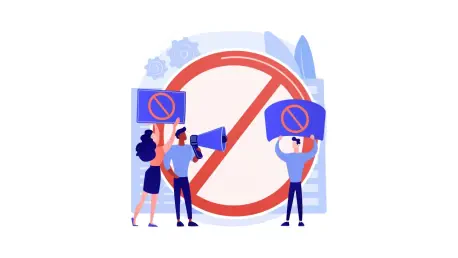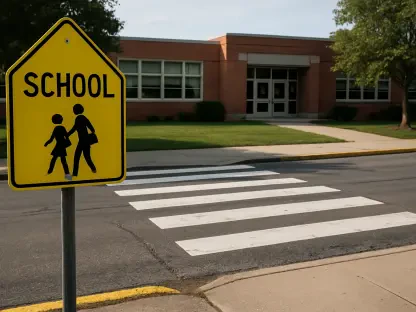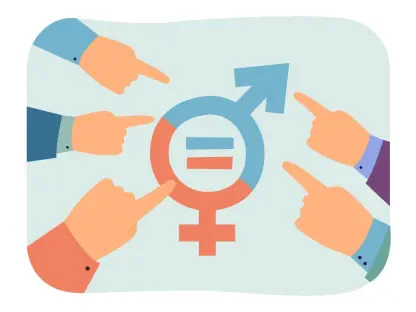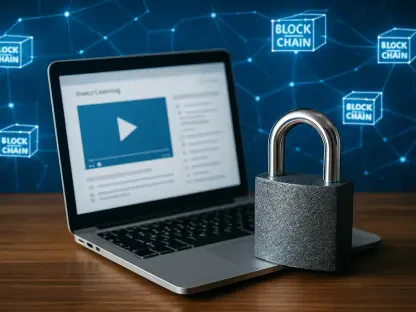In a striking clash between state authority and constitutional rights, a federal judge has temporarily blocked a Texas law, known as SB 2972, which bans overnight expressive activities on public university campuses. This legal battle has ignited a firestorm of debate over free speech in higher education, particularly as the law emerged amid heightened tensions over pro-Palestinian protests in 2024. With First Amendment protections hanging in the balance, this roundup dives into diverse opinions, legal analyses, and practical insights from advocacy groups, legal scholars, and campus stakeholders. The purpose is to unpack the implications of this injunction and explore how it shapes the ongoing struggle to balance order and liberty on college campuses.
Unpacking the Legal and Cultural Conflict
Origins and Intent of the Texas Law
SB 2972, enacted in 2024, aimed to curb overnight expressive activities on public university campuses between 10 p.m. and 8 a.m., alongside other restrictions like limits on speakers and amplification during critical academic periods. State officials positioned the law as a necessary measure to maintain safety and order, citing disruptions from recent campus protests as a primary concern. This perspective emphasizes a need for structure in environments where learning and rest are paramount, framing the restrictions as a pragmatic response to real challenges.
However, critics argue that the timing and context of the law’s introduction suggest a targeted effort to silence specific viewpoints, particularly those associated with pro-Palestinian activism. Advocacy groups have pointed out that public statements from state leaders reveal an intent to suppress dissent rather than address neutral safety concerns. This divide in interpretation sets the stage for a deeper examination of whether the law serves the public good or undermines fundamental rights.
Judicial Intervention and Initial Reactions
The preliminary injunction by a federal judge has been hailed as a significant victory by free speech advocates. Legal experts note that the court found the law likely violates First Amendment protections, highlighting that free expression does not adhere to a curfew. This ruling has sparked optimism among student groups and civil liberties organizations, who see it as a reaffirmation of constitutional priorities over state overreach.
On the other hand, some state representatives and campus administrators express frustration, arguing that the injunction overlooks legitimate safety issues. They contend that without clear boundaries, universities risk becoming chaotic spaces where academic focus is compromised. This tension between judicial reasoning and administrative needs underscores a broader struggle to define acceptable limits on campus expression.
Diverse Voices on First Amendment Implications
Advocacy Groups Weigh In
Civil liberties organizations have been vocal in their opposition to SB 2972, describing it as a direct assault on free speech. They argue that the law’s overnight ban and additional constraints disproportionately impact students’ ability to engage in protest and dialogue, especially on contentious issues. These groups emphasize that public universities, as forums for debate, must prioritize open expression over restrictive policies.
In contrast, some defenders of the law from within state governance circles maintain that the restrictions are content-neutral and essential for managing campus environments. They point to instances of unrest during protests as justification for time-based limitations. This back-and-forth reveals a fundamental disagreement on whether the law addresses a genuine problem or serves as a mechanism for censorship.
A third perspective from student activists highlights the chilling effect of such legislation. Many feel that even the threat of enforcement discourages participation in expressive activities, eroding trust between students and university authorities. This viewpoint adds a personal dimension to the debate, focusing on the lived experiences of those directly affected by the law.
Legal Scholars Analyze Constitutional Standards
Among legal analysts, there is a consensus that SB 2972 struggles to meet the strict scrutiny standard required for speech restrictions. Many point out the law’s exemption for commercial speech as a glaring inconsistency, suggesting it prioritizes certain types of expression over others without a clear rationale. This flaw, they argue, undermines the state’s claim of maintaining order as the primary goal.
Others in the legal community caution that while the injunction is a step toward protecting rights, it is only temporary. They stress the importance of ongoing litigation to establish a permanent precedent, warning that without a final ruling, similar laws could resurface in Texas or other states. This forward-looking concern reflects an awareness of the broader national implications of the case.
A smaller but notable group of scholars suggests that courts must also consider the practical realities of campus management. They propose that while First Amendment protections are paramount, judicial rulings should encourage tailored policies that address safety without blanket prohibitions. This balanced approach seeks a middle ground in an otherwise polarized debate.
Campus Administrators and Safety Concerns
University administrators, particularly from large public institutions, express mixed feelings about the injunction. Some acknowledge the importance of free speech but lament the lack of clear guidelines to manage protests effectively. They argue that state-level restrictions, while imperfect, provide a framework to prevent disruptions during sensitive academic periods like finals.
Conversely, other campus leaders view the law as an overreach that complicates their ability to foster inclusive dialogue. They note that university-specific policies, such as noise-based restrictions, could better address safety while preserving rights, rather than relying on broad state mandates. This perspective highlights a desire for localized solutions over top-down rules.
A recurring concern among administrators is the potential for arbitrary enforcement, which could lead to accusations of bias or unfair treatment. This uncertainty, they argue, risks alienating students and faculty, ultimately harming the campus community’s trust. Their input underscores the practical challenges of implementing any speech regulation in a fair manner.
National Trends and Comparative Insights
State Policies on Campus Speech
Texas is not alone in grappling with campus speech regulations, as several states have introduced similar measures to control protests. Some regions prioritize order by imposing strict time, place, and manner restrictions, often citing public safety as the driving factor. These policies tend to align with a view that universities must function as orderly spaces for education first and foremost.
In contrast, other states lean toward safeguarding constitutional protections, with legislatures and courts resisting broad bans on expression. Legal observers note that this divergence creates a patchwork of rules across the country, leaving students and educators navigating inconsistent standards. The variation raises questions about how national consensus on campus speech might evolve over time.
A key insight from policy analysts is the risk of such laws becoming tools for suppressing dissent rather than solving problems. They warn that without careful oversight, state interventions could disproportionately target minority viewpoints, stifling the diversity of thought that higher education aims to cultivate. This concern ties the Texas case to a larger dialogue on democratic values.
Predictions for Legal and Cultural Shifts
Looking ahead from 2025 onward, many commentators anticipate an increase in legal challenges to campus speech laws. They predict that federal courts will play a growing role in setting boundaries for state authority, especially as advocacy groups mobilize to contest restrictive policies. This trend suggests a potential wave of litigation that could reshape higher education environments.
Cultural shifts are also on the horizon, with some educators arguing that the debate over speech bans could spur renewed emphasis on dialogue and conflict resolution skills within universities. They see an opportunity for campuses to lead by example, modeling how to balance competing interests through open discussion rather than legal battles. This optimistic view contrasts with more cautious predictions of continued polarization.
Another angle comes from student organizations, which expect that ongoing disputes over laws like SB 2972 will galvanize younger generations to advocate for their rights. They believe this activism could influence policy at both state and federal levels, pushing for clearer protections for expression. This perspective adds a dynamic layer to the conversation, focusing on grassroots impact.
Reflecting on the Roundup and Next Steps
Looking back, the discourse surrounding the federal injunction against Texas’s SB 2972 revealed a complex web of legal, administrative, and cultural tensions. Advocacy groups celebrated the temporary block as a defense of free speech, while state officials and some administrators defended the need for order. Legal scholars provided critical analysis of constitutional flaws, and national trends pointed to a fragmented landscape of campus policies.
Moving forward, stakeholders can take actionable steps to address these challenges. Universities might consider developing transparent, community-driven policies that prioritize both safety and expression, engaging students and faculty in the process. Advocacy organizations could continue offering resources and legal support to those affected by restrictive laws, ensuring voices are heard in courtrooms and beyond.
Additionally, policymakers at the state level should reflect on the broader implications of speech bans, seeking input from diverse perspectives to craft balanced legislation. For those eager to delve deeper, exploring resources from civil liberties groups or following upcoming court rulings in Texas and other states offers a pathway to stay informed on this evolving issue.









